Holly
My research project is focused on assessing the diet and resource use of two wild canids, the golden jackal (Canis Aureus) and the red fox (Vulpes vulpes) situated within the semi-arid landscapes of southern Tunisia. I will be comparing the local ecology of these two sympatric carnivores throughout four national parks. Marwell Wildlife has previously carried out reintroductions of scimitar-horned oryx (Oryx dammah) into all four national parks being surveyed thus it is important to understand the local predator-prey interactions.
- Jackal track, Dghoumes National Park
- Reintroduced scimitar-horned oryx, Dghoumes National Park
After an intense few weeks writing up my research proposal, it was time for me to put all my hard work into practice! As the first student on the MRes programme to begin fieldwork abroad this year, I was feeling very nervous but extremely excited to arrive in Tunisia and get my data collection underway. For the six weeks I was in Tunisia I spent a week in each of four national parks and then travelled back to Tunis to process my samples in a laboratory within Boukornine National Park.
The first few days in the field allowed me to adjust to my new surroundings and, once I had overcome the language barrier, I really began to settle in. The hot desert climate is an environment that I have never worked in before so at first this was a challenge; however, with such impressive scenery and beautiful African sunsets, it didn’t take me long to appreciate the huge diversity of life in this seemingly deserted landscape.
- Mountainous view, Bou Hedma National Park
- Sunset, Dghoumes National Park
Under the supervision of Marwell Wildlife’s field biologist, Dr. Marie Petretto, I began my fieldwork, each day sampling strip transects to estimate the relative prey abundance within each national park. These transects were carried out over a variety of habitats, including the mountains, which was one of the more challenging terrains, but the views from the top were definitely worth the trek! Fox and jackal scat were collected daily then later weighed, washed and dried, enabling me to break down dietary composition within the scat to analyse further. Camera traps were set-up on my first day at each national park in order to assess the density of jackal and fox – I was also very eager to see what else the cameras would capture!
- Testing a camera trap, Bou Hedma National Park
- Two crested porcupines (Hystrix cristata), Sidi Toui National Park
The conservators and local guardians that I met in each of the national parks were extremely friendly and their ongoing support and expertise around local wildlife provided very useful information for my project. After a long day collecting data in the field, they also doubled up as fantastic chefs, cooking up a local dish of spicy couscous and homemade bread.
Once I’d arrived safely back in Tunis, I visited Boukournine NP, where Kezia was working on her project. Here I spent my time in the laboratory analysing my scat samples, a process which requires a lot of patience; however, it’s a great feeling to go from physically collecting the samples to revealing the variety of components found within my study species’ diet.
When I began packing up my equipment and left the final national park, I couldn’t believe the time had gone so quickly and my data collection was finished. Although I was sad to say goodbye to all the lovely people I had met along the way, I was very much looking forward to a hot shower and some electricity!
Highlights from my research project so far:
- Improving my French and learning some basic Arabic phrases
- Experiencing the local culture and cuisine
- Seeing and working in some amazing landscapes
- Hearing jackals calling to each other in the night
- Learning how the different techniques that I have employed for my research are important tools in current conservation
Posted By : dvf1e13
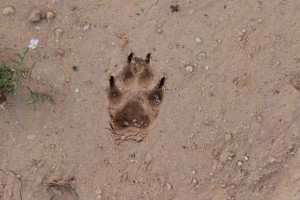
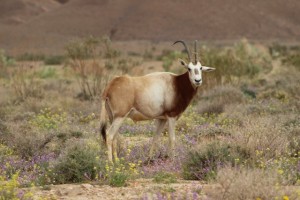
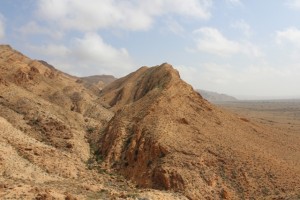
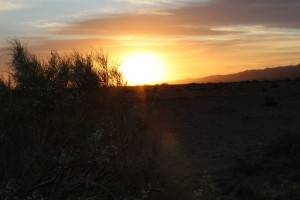
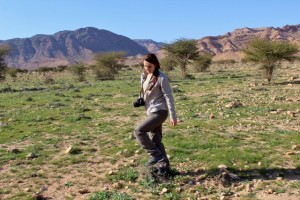
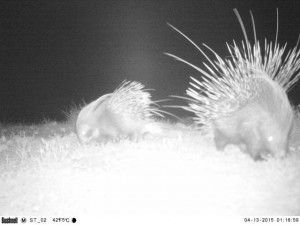
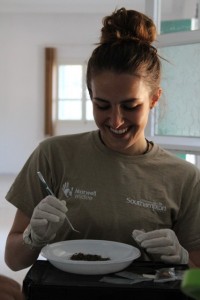
2 Responses to Bonjour de la Tunisie! (Part One)